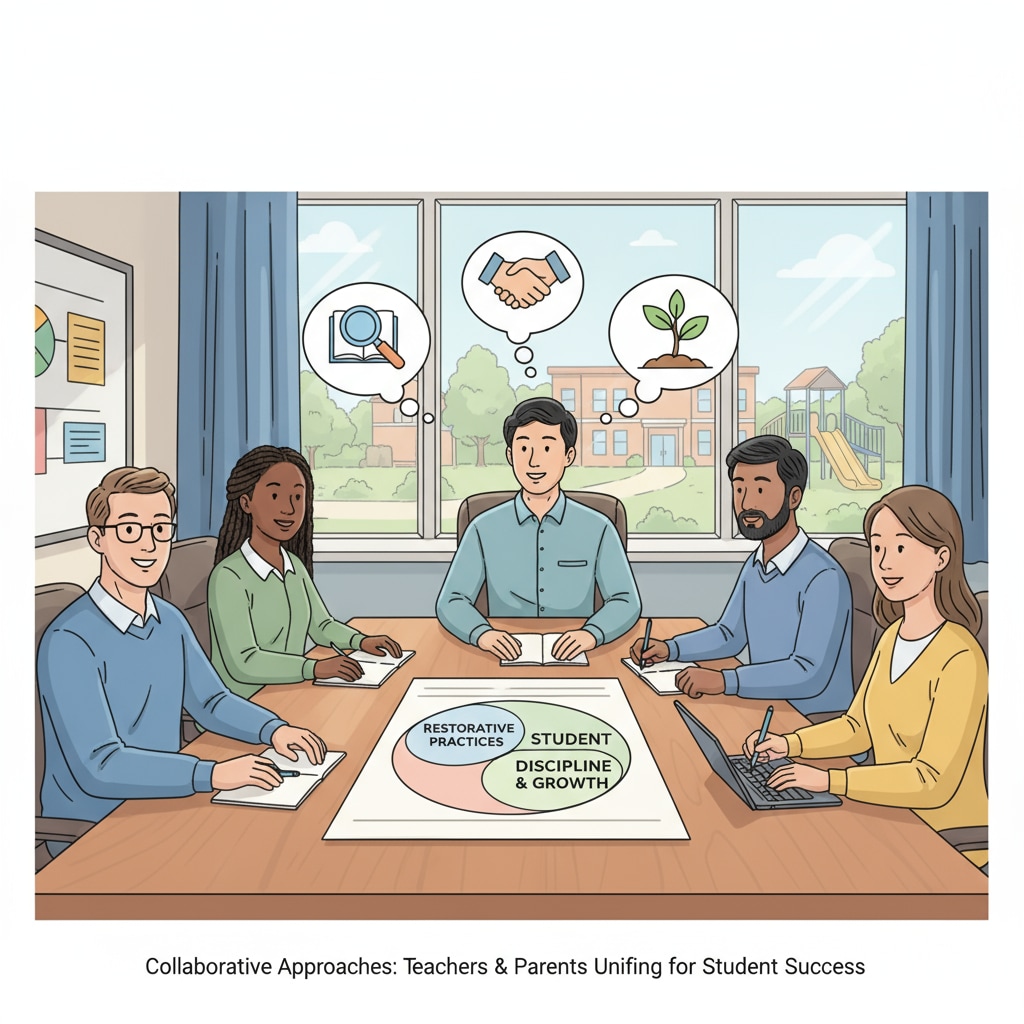In the complex landscape of education, school discipline, parental demands, and restorative practices often intersect in ways that pose challenges for school administrators. Contemporary school managers frequently find themselves caught between the理念 of restorative discipline and parents’ expectations of strict punishment. This article aims to explore how to strike a balance between these two seemingly opposing forces while staying true to the educational mission and promoting students’ well-being.

The Clash of Disciplinary Approaches
Restorative discipline is an approach that focuses on repairing harm, building relationships, and promoting accountability. It emphasizes dialogue, understanding, and finding solutions that benefit all parties involved. On the other hand, some parents may advocate for more traditional, punitive measures, believing that strict discipline is the key to maintaining order and teaching students a lesson. This clash of approaches can create tension and confusion within the school community.
Restorative Justice on Wikipedia
The Importance of Effective Communication
One of the first steps in bridging the gap between restorative discipline and parental expectations is effective communication. School administrators need to proactively engage with parents, explaining the principles and benefits of restorative practices. By hosting parent-teacher meetings, workshops, or informational sessions, administrators can provide parents with a deeper understanding of how restorative discipline aims to address the root causes of misbehavior rather than simply punishing the act.

For example, sharing success stories of how restorative practices have helped students develop better social skills, improve relationships, and take responsibility for their actions can be a powerful way to illustrate the effectiveness of this approach. Additionally, administrators should listen attentively to parents’ concerns and perspectives, validating their feelings and showing that their opinions are valued.
Educational Psychology on Britannica
Educating Parents about Restorative Practices
In addition to communication, educating parents about the theory and practice of restorative discipline is crucial. This can involve providing resources such as articles, books, or online materials that explain the principles and techniques of restorative practices. Schools can also offer training sessions for parents, where they can learn how to apply these concepts at home.
By equipping parents with the knowledge and skills to support restorative practices, administrators can create a more unified approach to discipline between school and home. This collaborative effort can enhance the effectiveness of restorative discipline and help students internalize the values of responsibility, respect, and empathy.
Building Consensus and Partnerships
To achieve a sustainable balance between restorative discipline and parental expectations, it is essential to build consensus and partnerships within the school community. This can involve forming a disciplinary committee or task force that includes representatives from the school administration, teachers, parents, and students.
The committee can work together to develop a shared vision for discipline, taking into account the principles of restorative practices and the concerns of parents. By involving all stakeholders in the decision-making process, administrators can ensure that the disciplinary policies and procedures are fair, transparent, and widely accepted.
Readability guidance: The key points are presented in short paragraphs and lists for easy comprehension. Each H2 section includes a list or practical examples. The use of passive voice and long sentences is kept to a minimum, and transition words are used throughout to enhance the flow of the article.


